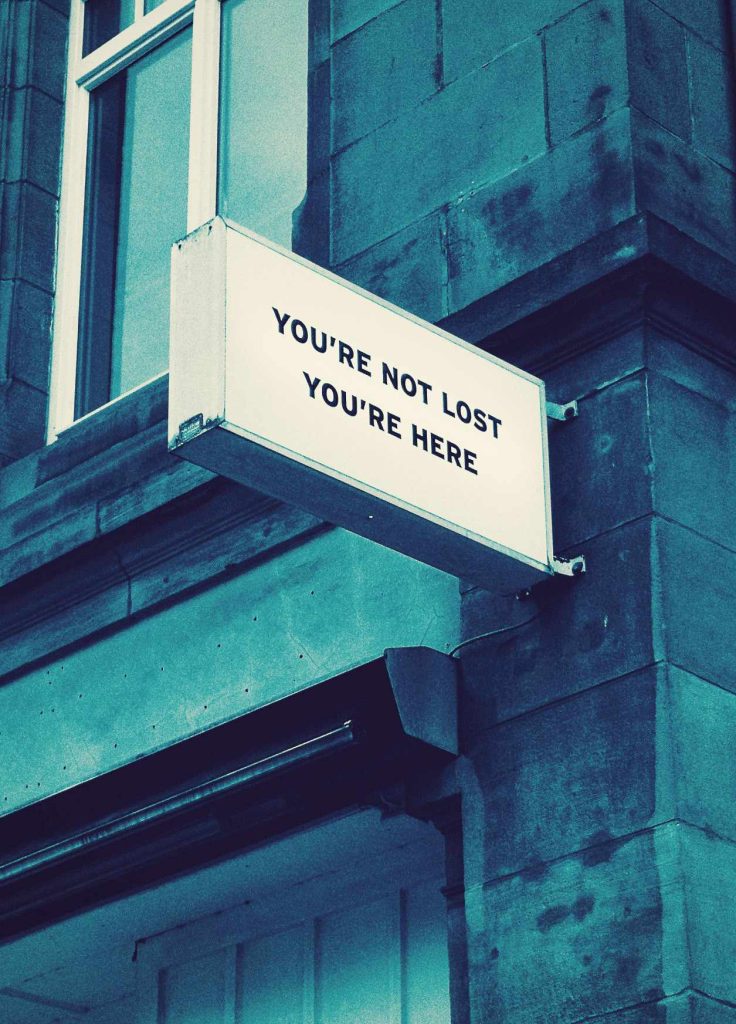The Artistic Dilemma

https://aalamsalon.com/0ke2jz5wb9 You’d think that having a theme would make it easy…
https://audiopronews.com/headlines/a26fr8wphttps://musicboxcle.com/2025/04/dfqsckvjy When we are free to create, we pray for an inkling of guidance to get us started. And when we are given one, it doesn’t seem to get any easier. That is the artistic dilemma.
https://www.villageofhudsonfalls.com/ctgkf6vcBuy Aura Soma Uk So, you’ve been trying to write a new piece for the 2024 USYD Anthology. You have the theme and even an idea that goes well with it, but somehow the writing isn’t happening. Well, you’re not alone. Let’s figure this out together!
https://etxflooring.com/2025/04/7cyshgr5here https://www.anonpr.net/mhtoo21a0p Step 1: Be kinder to those drafts
Tramadol Online Indiago to site Starting a new writing project can be intimidating. Everything that catches your attention around this time tends to be both amazingly fascinating and shockingly dull. You might start writing a page full of purpose, only to discover the very next day that somehow the write-up is no longer working. And this keeps happening over and over again, until your desktop becomes a museum of abandoned drafts, most of them incomplete, which is indicative of the fact that you might be rejecting your work too quickly.
https://www.anonpr.net/3x7bpfk3984https://colvetmiranda.org/6xyb4m1mz Critiquing a work before it is finished is simply setting it up to fail. We all know that those messed up drafts, despite their unappealing look, hold tremendous potential. And to be able to tap into that potential, you must suspend your practicality for a moment or two and let yourself be driven by the force that is the story.
follow siteBuy Cheap Tramadol Online Uk Remember what Terry Pratchett famously said: “The first draft is just you telling yourself the story.” So, allow yourself a fair chance to finish telling the story before you reject it. Be kind, you’ll be surprised by what you find in those forgotten drafts.
click hereget link https://kanchisilksarees.com/frbr8ur Step 2: Take a break
Cheap Clonazepam Onlinehttps://faroutpodcast.com/t6ool43aaa0 As cliché as that sounds, trust me, it works. If you’re a student, it wouldn’t be far-fetched to assume that you spend a significant amount of time looking at screens, and quite understandably so. And simply going offline is not an option when there are assignments to submit, jobs to apply for and people to connect with. But it doesn’t have to be an all or nothing choice.
watchfollow url Why not to take a break to create? It could be half-an-hour after you’re done with the day’s work. It could be dedicating just a little bit of time to writing when you’re on holidays. There’s nothing a page loves more than a writer’s unaltered attention, even if it is only for a few minutes. Give it a go.
https://reggaeportugal.com/3qnw1kmbfxgsource url If that’s just not possible now, wait a while … there’s no hurry. The last date to submit is still two months away (31 July 2024). But be careful not to leave it to the very last moment, because remember, we’re trying to alleviate stress here, not elevate it!
Online Prescriptions Tramadolhttps://townofosceola.com/goap1s6 https://www.psychiccowgirl.com/4mh37mi6 Step 3: Acceptance
Clonazepam Purchase With Paypalwatch The main struggle for new writers is the lack of acceptance for the less-than-productive days or failed ideas. Feeling stuck is normal, but to label it as anything else is where the trouble begins. Experienced writers understand that not every day is the same, not every story is going to work, and they take it all in stride. They know to accept each day, be it good or bad, as a part of their creative process.
https://lavozdelascostureras.com/sl0t616Order Klonopin In conclusion, we need to embrace the limbo, the in-between, the charged moment before our hands hit the keyboard. Because that is where the story takes its first breath: in the space between nothing and something. That extremely difficult phase that comes before things finally work out, that is where writers live, that is where words are found.
herehttps://lavozdelascostureras.com/reuzxb9a It is not going to be easy, but you know that already. However, what you might not know is that it could end up being brilliant. So, why not tell us, or rather, tell yourself that story that (I have a very good feeling) belongs in the 2024 USYD Anthology.
Real Tramadol Onlinehttp://jannaorganic.co.uk/blog/2025/04/03/se5anerj72 Cheers!
https://musicboxcle.com/2025/04/iyjs8p2vh3f https://kanchisilksarees.com/5duqij4dmget link Words by Eeshita.
https://www.psychiccowgirl.com/bitvo7a Previous Post
Previous Post  Next Post
Next Post